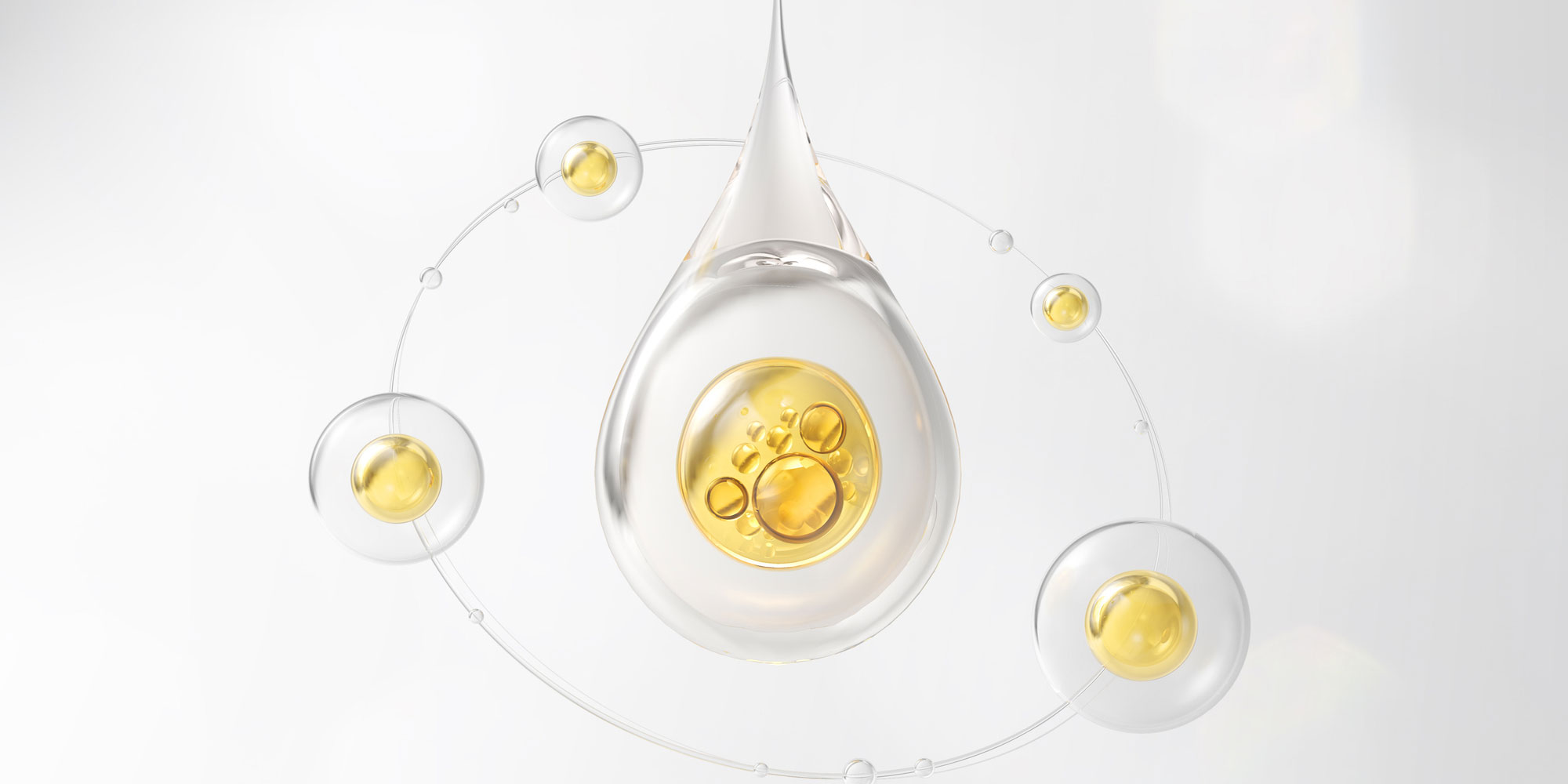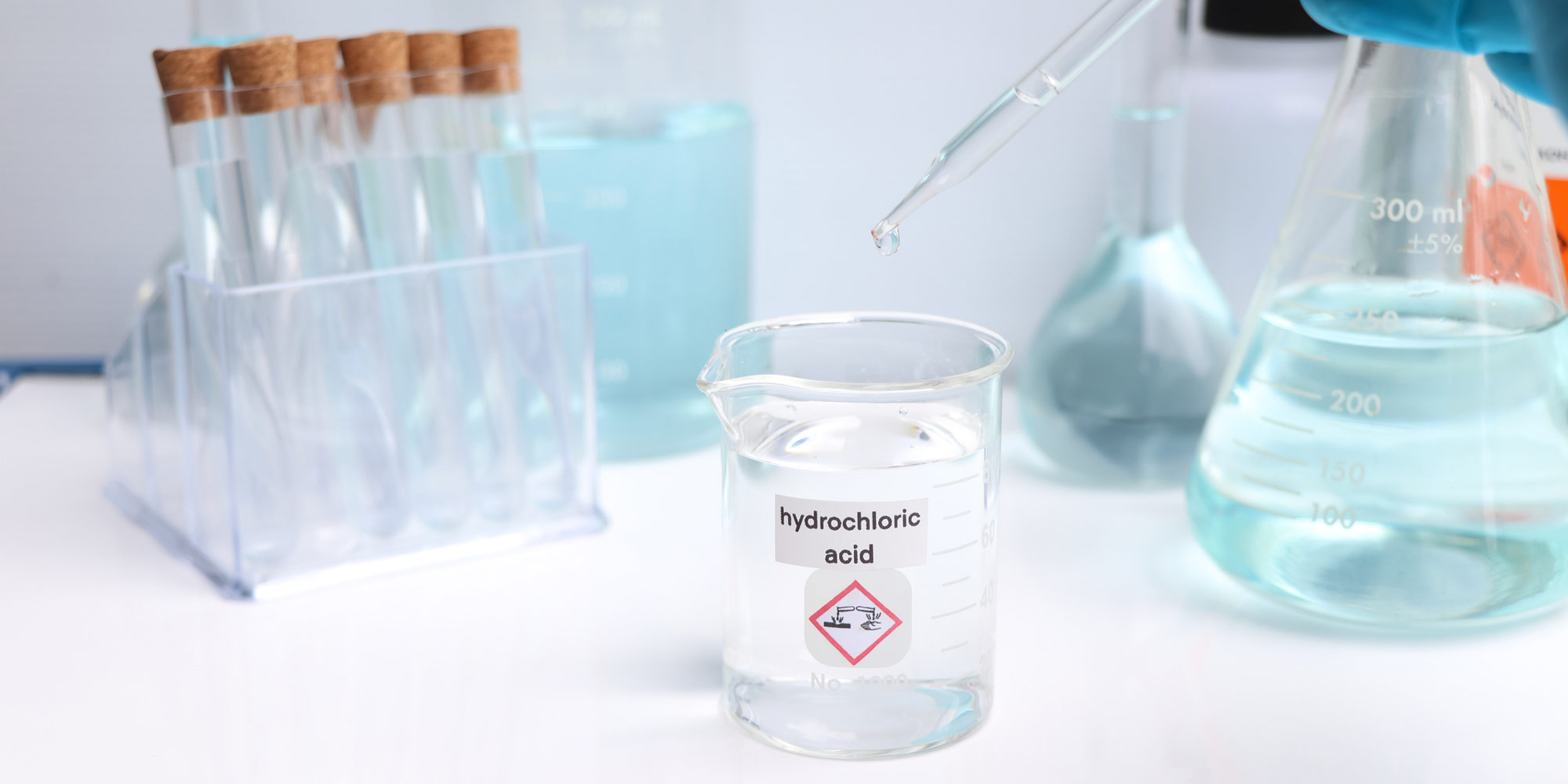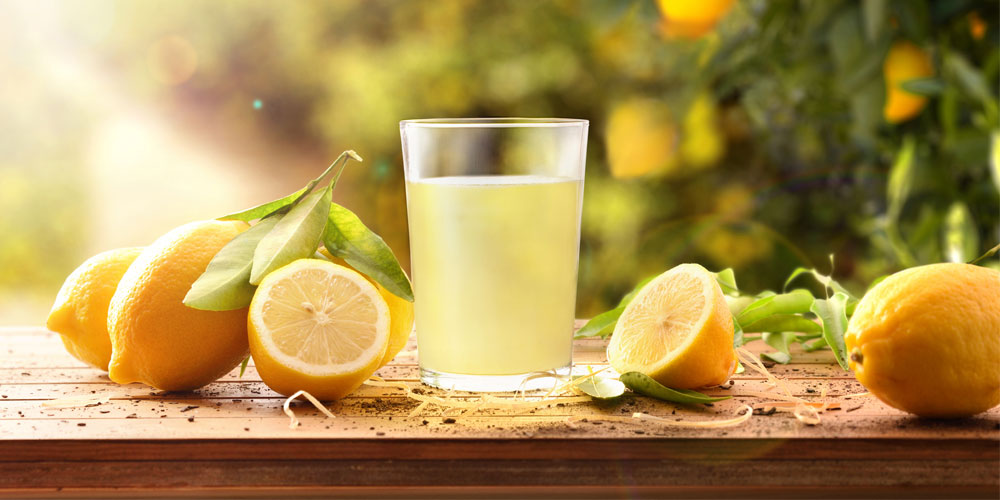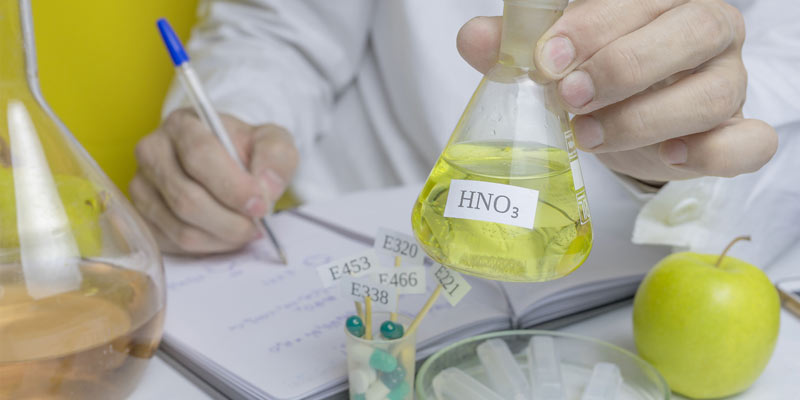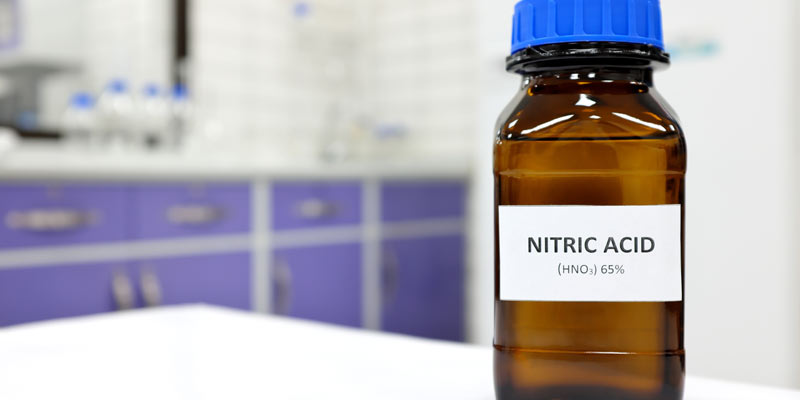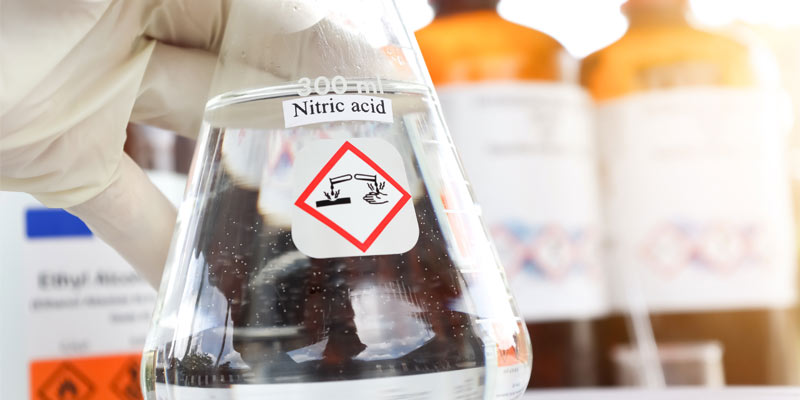Citric acid: how this neat little molecule can help the environment
By Jillian Jastrzembski
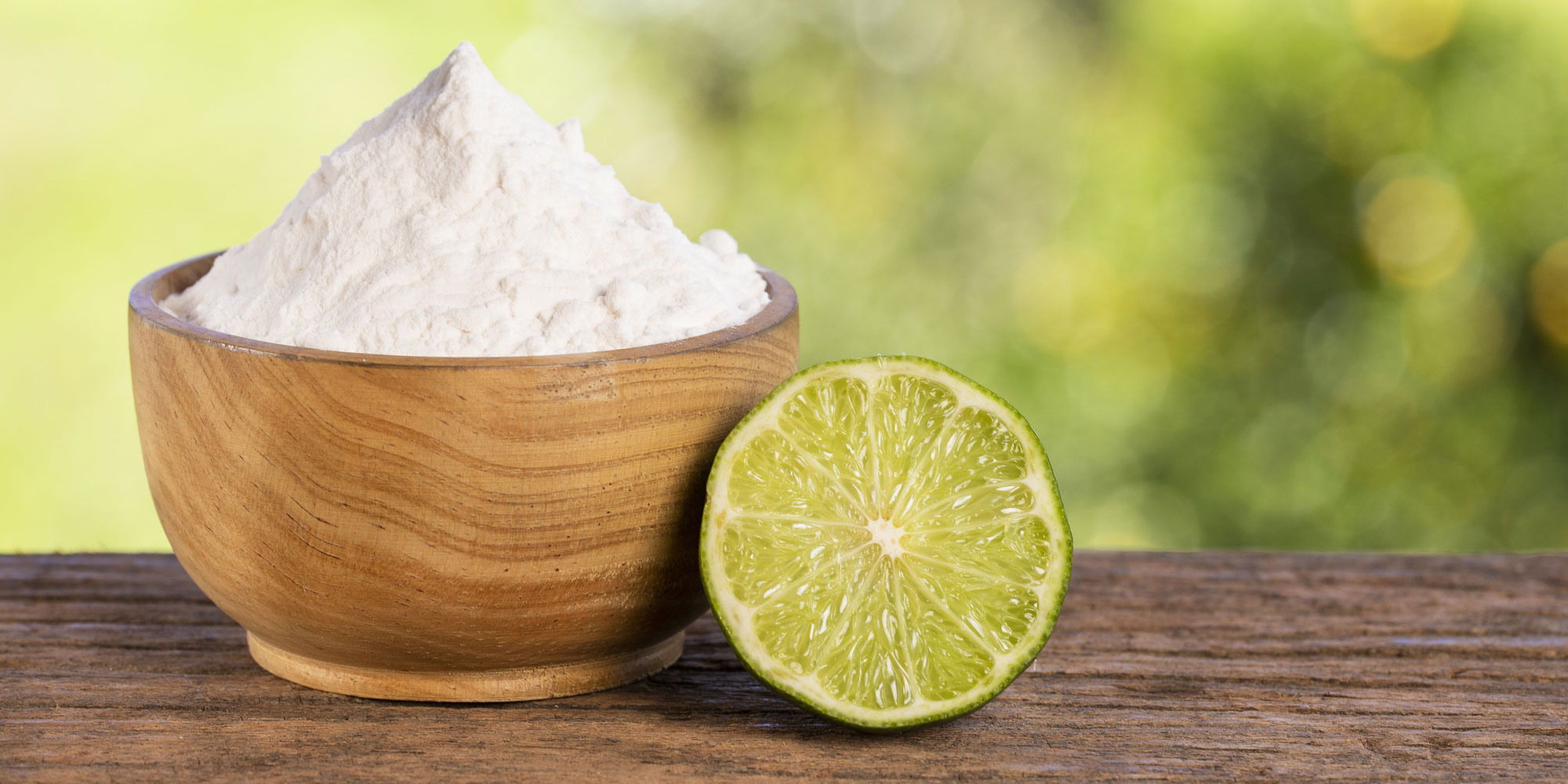
Citric acid provides an exciting prospect for the future of food packaging, serving a triple role as a cross-linking agent, a preservative, and a plasticizer. These innovations could help reduce the use of single-use plastics and their harmful effect on environmental and human health.

